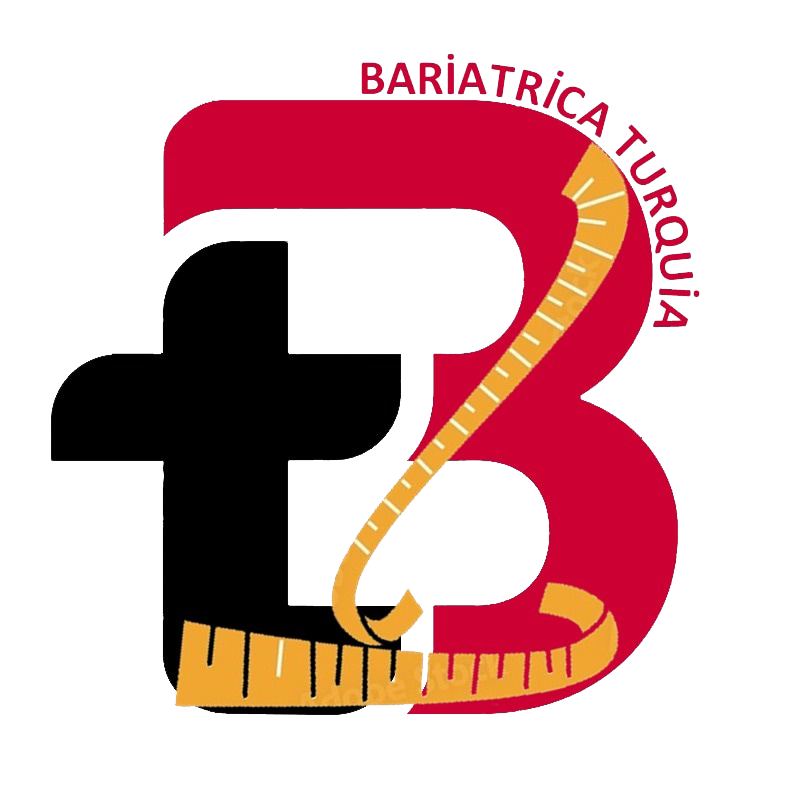Abdominoplasty is a surgical procedure performed on individuals with significant sagging skin in the abdominal area due to various reasons. Abdominoplasty surgery is suitable for individuals who have experienced post-pregnancy sagging, developed abdominal deformities due to rapid weight loss, or undergone bariatric surgery. Abdominoplasty is not exclusive to female patients and is also performed on males who have experienced abdominal sagging following bariatric surgery or weight loss without surgery.
Some types of abdominoplasty include:
- Full Abdominoplasty: In this procedure, excess fat and skin are removed from the lower abdomen, the abdominal wall muscles are tightened, and the skin around the belly button is reshaped. This procedure is generally performed for more extensive abdominal issues.
- Mini Abdominoplasty: In this procedure, a smaller incision is typically made to correct sagging in the lower abdomen. The abdominal wall muscles can be tightened, and the skin can be slightly tightened, but it is a less invasive option compared to a full abdominoplasty and is used for cases requiring less extensive correction.
- Endoscopic Abdominoplasty: In this procedure, excess fat and skin in the abdominal area are removed using an endoscope (a type of imaging device), and the abdominal wall muscles are tightened endoscopically. This method can be less invasive, and the recovery period is generally faster.
- Abdominoplasty with Hernia Repair: In some patients, abdominal wall hernias (weak points between muscles) are repaired during abdominoplasty. This can be performed as part of the abdominoplasty procedure and may help achieve a smoother appearance in the abdominal area.

